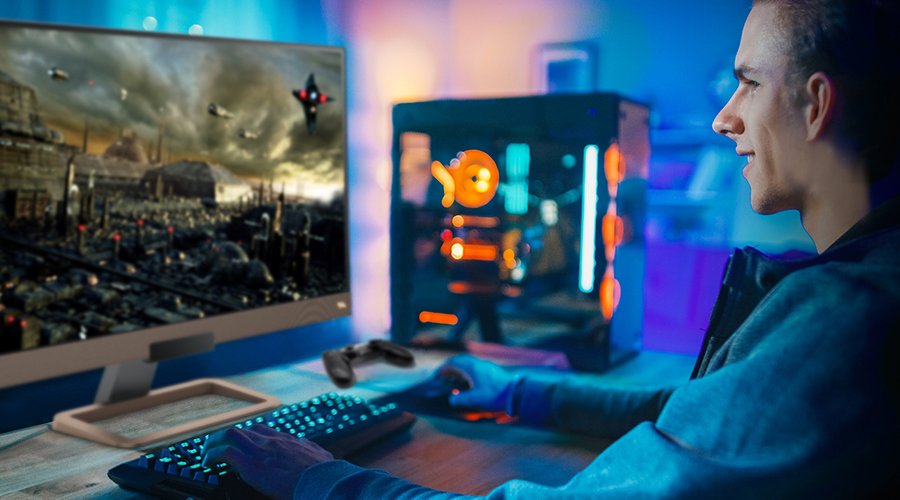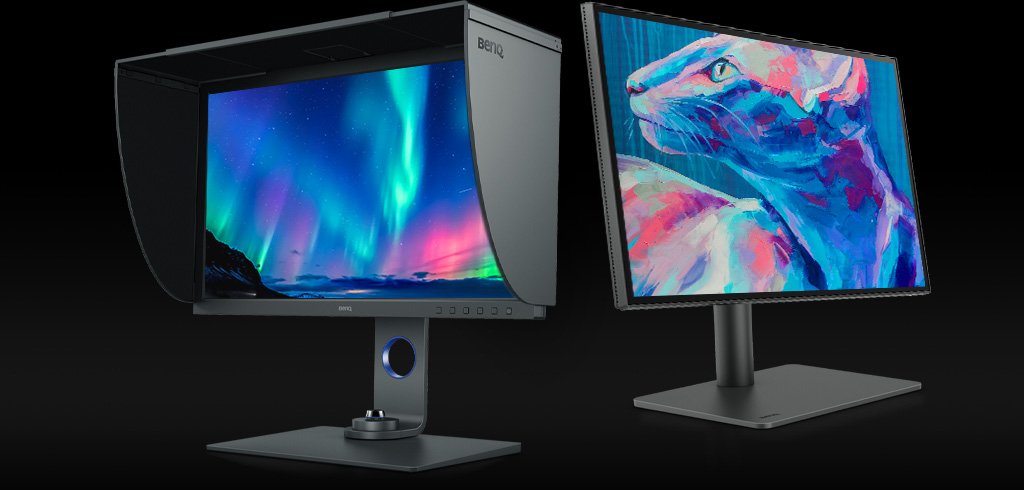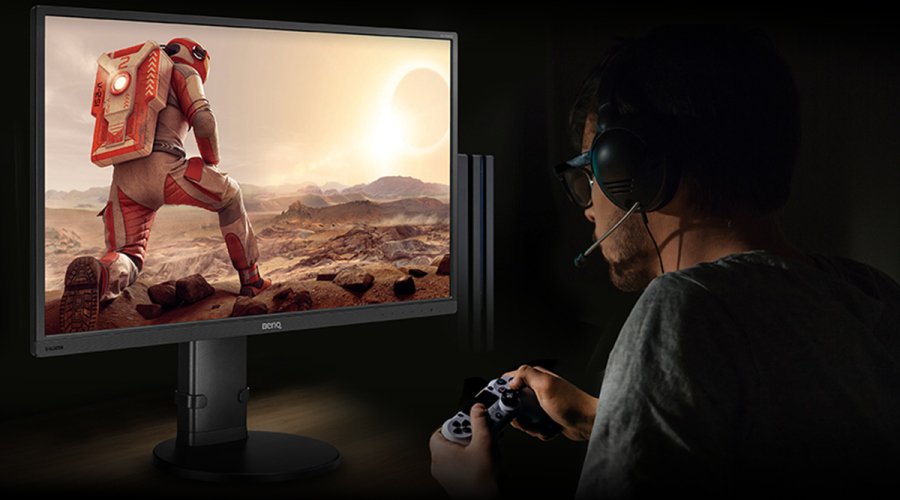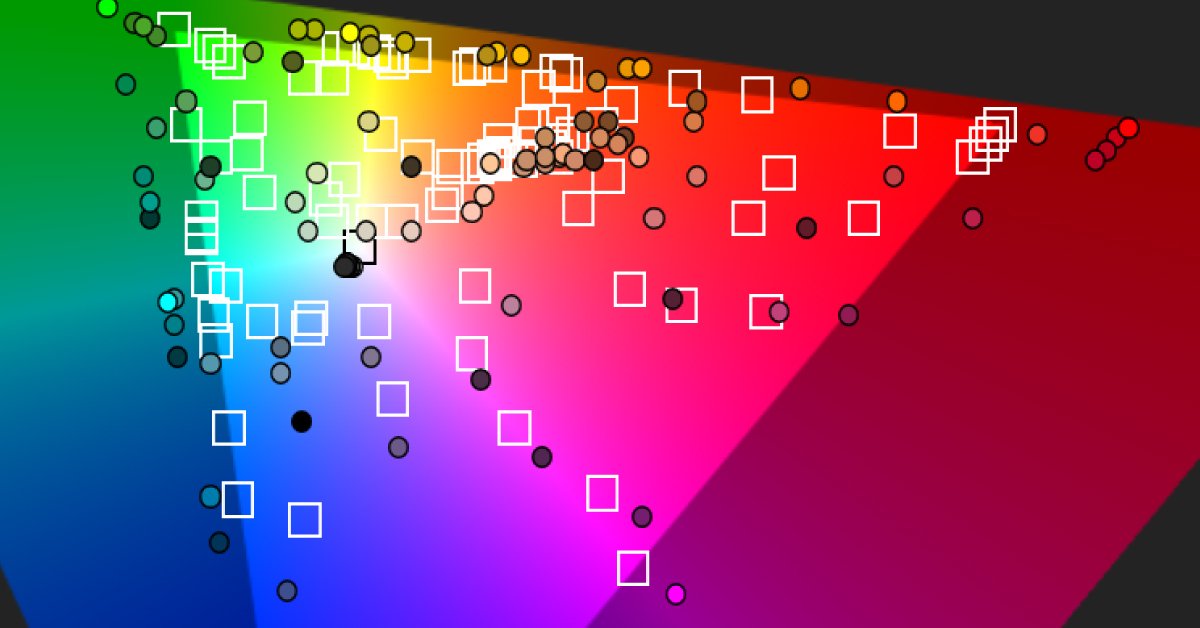Yes, especially in conjunction with other essential factors such as bit color depth, peak brightness, and contrast ratios. Chroma sampling determines monitor fidelity and impact, although the perception of color obviously varies from person to person. The bigger the color sample (or the more data a monitor dedicates to presenting color), the more accurate the image.
But let’s get back to basics. And by that we mean the dawn of time, long before monitors, HDR, or 10-bit. Since the beginning of human creativity, artists noticed that audiences pay a lot more attention to light than to color. Given the right lighting, viewers appreciate a painting almost irrespective of the colors used by artists. However, monitors and TVs can’t really compare with paintings since we don’t observe the source image directly. The display accepts a signal and translates data to go up on a screen, which we then view. That’s why in digital displays like the monitors we all use, chroma sampling plays a major role.
And while untold millennia have passed since the first cave drawings, the basic principle of light over color remains true. It’s just how our vision works. We need light to see anything, and color, well, color is great but secondary (that’s why the first movies and early TV were in black and white). In the modern age, the need to represent color on electronic displays became an issue early on. Since the 1920s, engineers at companies like RCA and Philips have worked to develop a way to convey light and color together as one visual feed. That has given rise to the “4x2” matrix used in chroma sampling, and we’ll quickly explain that right now.
To save you time if you’re in a rush, the difference between 4:4:4, 4:2:2, and 4:2:0 mostly becomes apparent in text applications. So if you’re using a monitor you want to be on 4:2:2 at least. Of course, 4:4:4 is always better even if it’s not feasible in every application. Also, chroma sampling has little do to with color bit depth, as in 8-bit or 10-bit. They’re related but only tangentially so.





